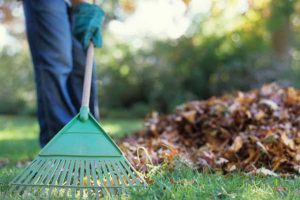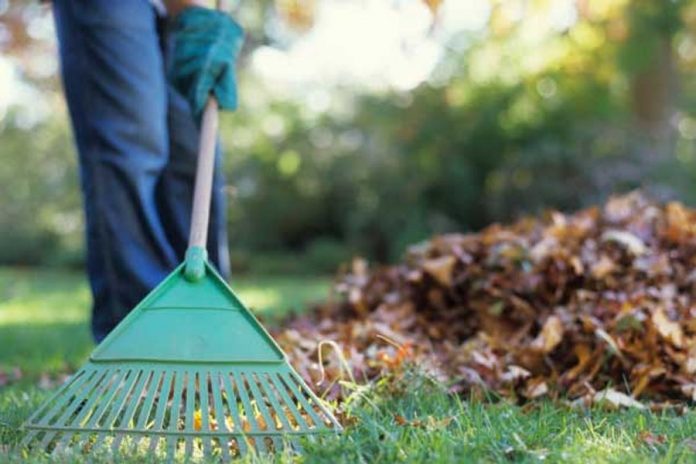 The time has arrived to start tucking gardens in for their yearly winter snooze.
The time has arrived to start tucking gardens in for their yearly winter snooze.
As the temperatures drop and days grow shorter, those profusely blooming annuals have either faded or are in the process, and perennials are yawning in advance of this year’s first killer freeze. Plants with their tootsies in the soil on the protected south exposure of a building may still liven up the landscape a bit.
Before you kiss your plants bonsoir, here are 6 chores on the To Do list.
- Clean up debris and trash. Next spring you’ll be happy you did it now.
- Pull out annuals’ old growth. Throw all diseased plant detritus in the trash bin, and send it off to the dump. Cut down healthy old growth then let it wilt in the sun and dry in the wind until it becomes straw. Clip up then work it back into the soil to compost. I use hedge clippers and a garden fork for this chore.
- Now is the time to put a spade into the garden bed and dig up Bermuda grass stolons and pesky weeds snaking around below the surface. They come out easily, and will do just fine in a bag at the dump.
- Amend your bedding soil by working in goodies like diatomaceous earth (DE), agricultural molasses (microbes love sugar), grocery store cornmeal, twigs, leaves, grass clippings, rotted herbivore manures, and kitchen vegetable scraps. Feed stores carry DE and molasses. You will have to scout around for manures. Apply this latter item about ½ inch deep.
A word to the wise: Fresh manures stink because as they break down they produce ammonia, a microbe-killer. Generally speaking, soil microbes are plant-friendly, and appreciate a handout. Look for bags of manure with the words “rotted” or “well rotted” printed on the bag. The microbes, plants, and your neighbors will love you for it.
- Lay a 4-6” blanket of mulch over remaining carrots, onions, and garlic. Over the winter it will decompose into a thin tillable layer of compost.
- If you know your soil is high acid, think well below 7 on the pH scale, “sweeten” it with some lawn lime OR ammonium sulfate in the amount of 1 pound per 1,000 square feet of garden. FYI, 1,000 square feet is the footprint of a couple of two-car garages. Don’t yield to the urge to overdo.
Here’s the theory behind these chores. (1) Old growth is free “organic” fertilizer, and the price is right! The materials decompose and enrich the garden during its naptime months. “Organic” means old growth contains the element carbon which soil microbes and plants use to make glucose or sugar for energy. Plant cells that conduct photosynthesis need energy to get their job done. (2) Hedge clippers are giant scissors that cut a lot of stuff at once. (3) Root crops stay in the ground until you need them. The garden is Mother Nature’s root cellar. Mulch traps ground and atmospheric heat to prevent freezing below the surface. Last but not least, (4) microbes chew up soil amendments and “inorganic” stuff like rocks and clays. This activity paves the way for plant roots to slurp in the good stuff that later feed us in the form of irresistible fruits and veggies.
Oh, and don’t forget to give the garden a drink now and then if this winter is a dry one.
Contact Noelle at [email protected]














 GIF.gif)


